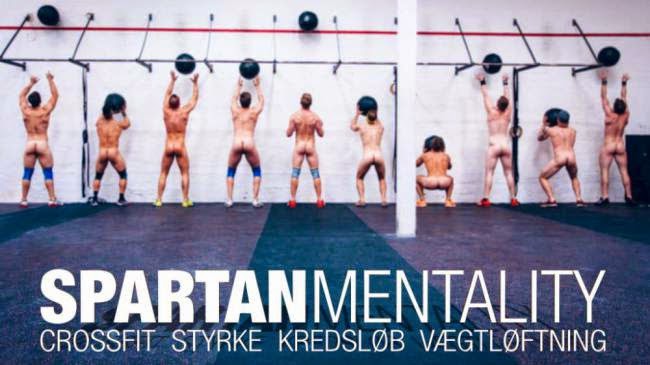Some may call you crazy if you reveal your lofty dreams and what you want to achieve in your life, but sooner you find a purpose in life, greater are your chances of living longer, according to IANS. Greater purpose in life is linked to lower mortality risk, the findings showed.
“Our findings point to the fact that finding a direction for life, and setting overarching goals for what you want to achieve can help you actually live longer, regardless of when you find your purpose,” said Patrick Hill of Carleton University in Canada.
So the earlier someone comes to a direction for life, the earlier these protective effects may be able to occur, Hill added.
Previous studies have suggested that finding a purpose in life lowers risk of mortality above and beyond other factors that are known to predict longevity, reports PTI. Hill and colleague Nicholas Turiano of the University of Rochester Medical Center took advantage of the nationally representative data available from the Midlife in the US (MIDUS) study.
For the study, researchers looked at data from over 6000 participants, focusing on their self-reported purpose in life and other psychosocial variables that gauged their positive relations with others and their experience of positive and negative emotions.
Over a 14-year follow-up period, 569 of the participants had died. Those who had died had reported lower purpose in life and fewer positive relations than did survivor
Greater purpose in life consistently predicted lower mortality risk across the lifespan, showing the same benefit for younger, middle-aged, and older participants across the follow-up period. And the longevity benefits of purpose in life held even after other indicators of psychological well-being, such as positive relations and positive emotions, were taken into account.
“There are a lot of reasons to believe that being purposeful might help protect older adults more so than younger ones,” said Hill. “For instance, adults might need a sense of direction more, after they have left the workplace and lost that source for organising their daily events. In addition, older adults are more likely to face mortality risks than younger adults,” said Hill.
“These findings suggest that there is something unique about finding a purpose that seems to be leading to greater longevity,” Hill noted. The study appeared in the journal Psychological Science.












